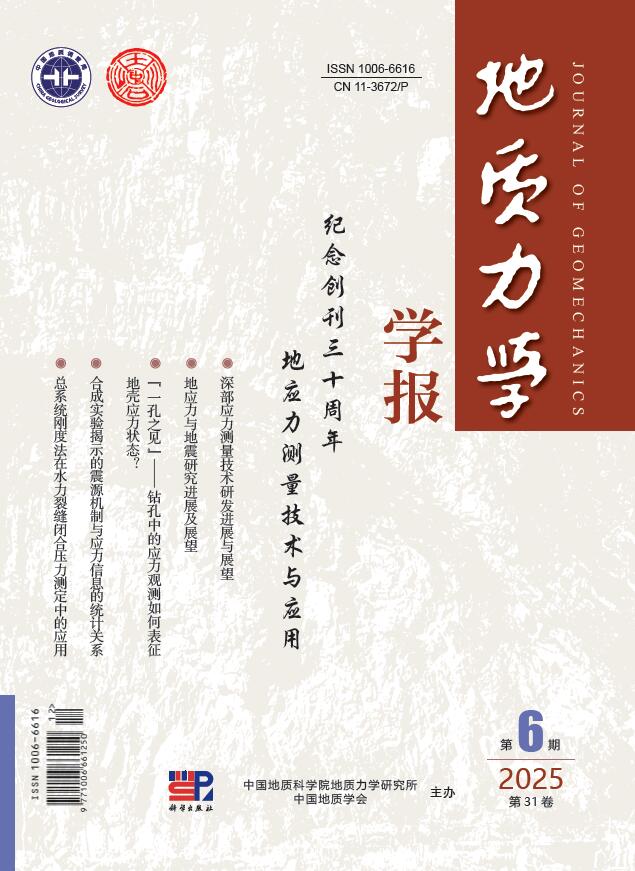In August 2020, due to the continuous rainfall in southeast Gansu, especially the heavy rainfall processes, debris flows broke out in the Hunshui gully. The left bank of the Fangjiashan landslide was destabilized and sliding, seriously threatening the safety of the Chengdu-Lanzhou Railway at the mouth of the gully. Based on the field investigation results, remote sensing interpretation, and laboratory tests, we studied the mud-coated gravel's morphology, mineral composition, and accumulation characteristics, analyzed the geological environment and mechanism for its formation and discussed its disaster-causing significance. The results show that mud-coated gravels are distributed in the lower reaches of the circulation area and the accumulation area. It presents a spherical and multi-layered structure composed of quartz, calcite, clay minerals, etc. Its formation is mainly controlled by the clay minerals in the Quaternary loess and Paleogene mudstone in the basin. The slow-moving gullies, landslides, and collapses developed on the bank slope as well as appropriate hydrodynamic conditions, promoted the formation and autogenesis of the mud-coated gravel. The impact force of debris flow increases with the particle size of mud-coated gravel, and the critical velocity required for restarting a debris flow is smaller than that of block rock. Mud-coated gravel is the result of the joint action of the Paleogene mudstone and debris flow, and it can aggravate the debris flow hazard. Therefore, it is urgent to control the debris flows in the Hunshui gully to ensure the safe operation of the Chengdu-Lanzhou Railway.



